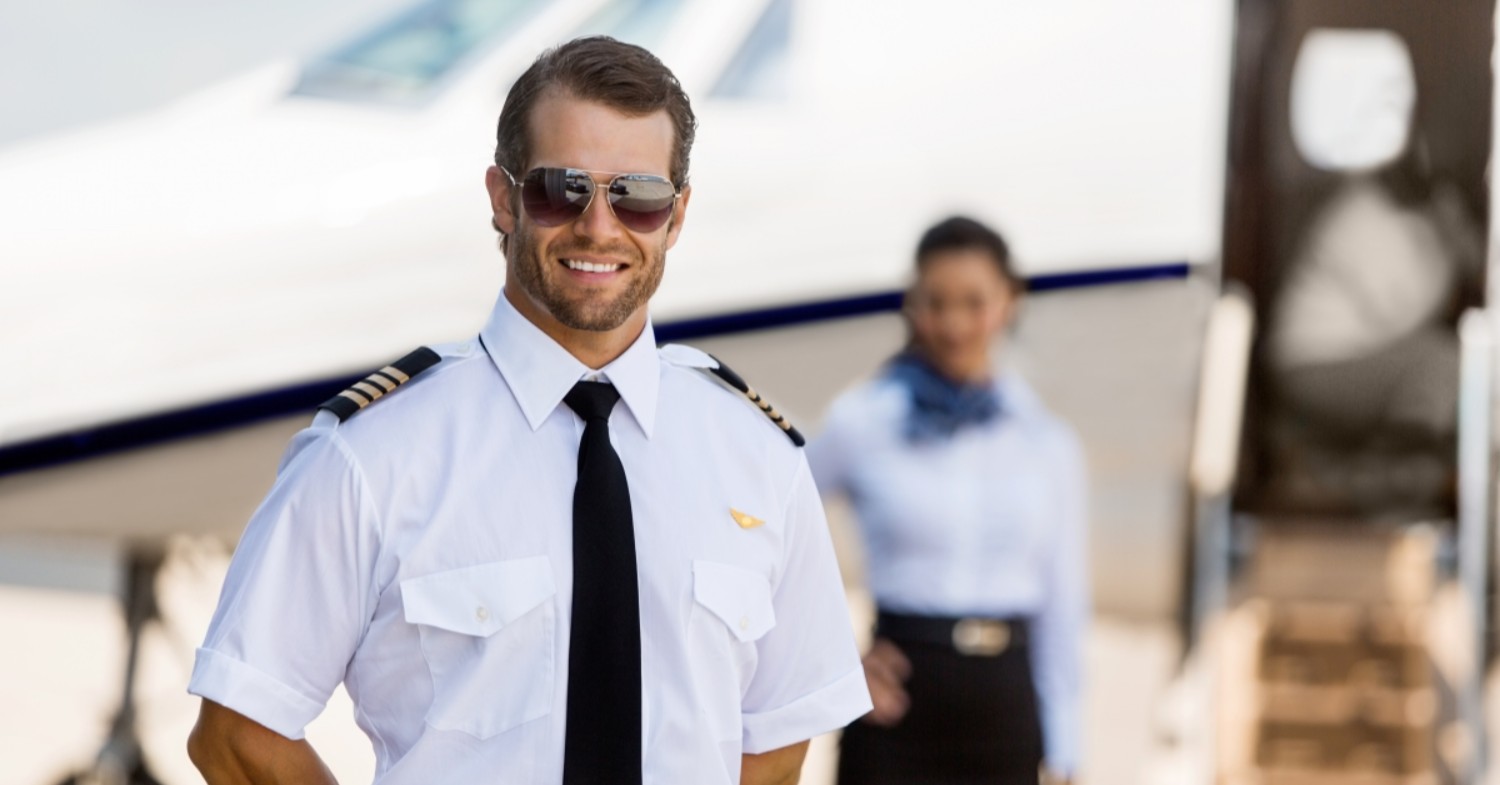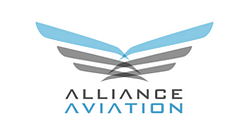
When pilots set out to expand their private license to a commercial pilot’s license, there are several steps they must take. First, of course, they must complete the ATP CTP course (airline transport pilot certificate training program course). Though, they aren’t quite ready to get behind the wheel yet, so to speak. To operate certain aircraft, a pilot must have a type rating — a certificate that shows comprehension in flying that particular craft. This is required for most passenger or cargo planes over 12,500 pounds and includes all of the common airplanes, including the vastly popular A320 and 737 — planes that any commercial pilot is bound to encounter.
We offer all of the major type ratings you will need to have a successful career as an airline pilot. Keep in mind that many aircrafts have crossover type ratings, meaning the same type rating training can apply to more than one type of aircraft. The most common include the Airbus A330 and A340, all aircraft in the A320 family (A318, A319, A320, and A321), the Boeing 777 and 787, and the Boeing 757 and 767.
At the very least, a pilot should have a 737 and an A320 type rating, as these are the two most common airplanes in use in the commercial industry. In fact, the 737 was recently the first model to surpass 10,000 units produced and the A320 is not far behind at over 8,000 units produced. Both models have thousands of aircraft orders to fulfill, meaning these two planes will not be going anywhere any time soon.
If you are a pilot who wishes to make transoceanic flights, consider obtaining your type rating in long-range planes such as the 777/787 or A330/340.
FAA 737 Type Rating Initial
As we mentioned, the Boeing 737 is the most produced commercial plane and has recently broken a Guinness World Record by producing its 10,000th unit. The 737 line began with the humble 737-100 in the 1960s which held just 60 passengers.
The 737 underwent its first major remodel in the late 80s to keep up with the A320, its main competition. The 737 NG (Next Generation) was born and the redesign brought with it a significant boost in fuel efficiency and capacity, a longer wingspan, and a more modern cabin design. The first 737 NG was delivered in 1996 and hundreds of orders for this model were soon produced and delivered.
The fourth generation of the type, the 737 MAX, has received over 5,000 orders and nearly 400 units have been built. However, after two fatal accidents within just five months (Lion Air Flight 610 in October of 2018 and Ethiopian Airlines Flight 302 in March of this year), there has been an international grounding of the 737 MAX. In recent weeks, plans to unground the planes have been underway as regulators and airlines understand more of what caused the crashes and how to prevent it in the future.
Our FAA-certified 737 type rating course includes 80 hours of ground school, eight hours of systems integration training, and 36 hours of full-flight simulation training. The 737 type rating will prove to be of great value to those wishing to work for a major airline. Participants must have their current commercial pilot certificate to take part in this training.
FAA A320 Type Rating Initial
As we mentioned above, an A320 type rating is essential for pilots wanting to fly for commercial airlines, as it is the second most produced commercial jet. The Airbus A320 line was launched in 1984 with the first delivery occurring in 1988 to Air France. This line provided affordable, safe, and reliable aircrafts mainly to low-cost carriers, many of whom purchased this craft to replace their 737 fleets.
The A320 has undergone minor and major redesigns and has often been at the forefront of commercial aviation technology. Improvements have included large winglets, aerodynamic refinements, and lighter cabins which have all lead to an increased fuel efficiency. Recently, the cabins have been major upgraded for passenger comfort, including noise-reduction, more overhead storage, roomier seats, air purifiers, LED lights, a better in-flight entertainment system, and more.
A favorite of pilots, the A320 was the first fly-by-wire airliner — meaning the flight control panel was completely electronic rather than manual. This includes a full glass cockpit which features digital displays and LCD touch screens rather than analog displays and mechanical gauges. This revolutionary system has made it easier for pilots to find the pertinent information they need at a given time while still being able to access more obscure components.
As of right now, the 737 and A320 are neck-and-neck when it comes to orders and subsequent deliveries. The 737 experienced a major pitfall with the grounding of the 737 MAX which could have major implications on future orders of the line and bring the A320 into the forefront of short- to medium-range airliners. That said, any commercial pilot really cannot afford to skip their A320 type rating training.
If you are looking to become a commercial airline pilot or want to expand your credentials, make sure to sign up with Alliance Aviation for your FAA A320 type rating courses. Our course includes 40 hours of A/C systems, 8 hours of general subjects, and much more to fully prepare you for flying the A320.
FAA A330 Type Rating Initial
The Airbus A330 is a wide-body, twin-engine jet designed to carry a lot of people over a far distance. As a favorite for transoceanic flights, some members of the A330 family can carry over 400 passengers and fly over 8,000 miles. This airliner was the first from Airbus to offer three different engine types, giving airlines the choice between General Electric, Pratt & Whitney, or Rolls-Royce engines.
The A330 made its first commercial flight in 1994 and has become a high-selling long-range option and is primarily used by Turkish Airlines, Air China, China Eastern, China Southern, and Delta. Variants of this craft are also frequently used by the military, mainly for refueling efforts. In addition to being a passenger plane, this is a popular cargo plane due to its high weight capacity and long-range abilities.
Like the A320, the A330 is a fly-by-wire craft with the same glass cockpit display, making it an easy transition for many pilots who are just getting into long-range airliners.
Pilots looking to get their A330 type rating will be pleased to know that Alliance Aviation offers an FAA-certified course with 80 hours of ground school, eight hours of fixed base simulator, and 36 hours of full flight simulator.
Type Rating Courses For India DGCA Pilots
In addition to traditional type rating courses approved by the FAA, we also offer India Directorate General of Civil Aviation (DGCA) courses for the major airliners that often require a more intensive course regimen. You can learn about some of the India DGCA type rating courses we offer below by following the links! If you want more information about our DGCA training and how it can assist you in becoming an international pilot, feel free to reach out to our team today.
A320 Type Rating For India DGCA Pilots
777 Type Rating For India DGCA Pilots
787 Type Rating For India DGCA Pilots
Add To Your Credentials With Type Rating Training Today!
Here at Aviation Alliance, we love to see our pilots go on to have long and successful careers. The only way to do that as a commercial airline pilot is to ensure you have plenty of credentials under your belt so that you never have to turn away from job opportunities. Our type rating courses are designed to meet FAA standards and ensure that you leave fully prepared to safely operate that type of aircraft.
If you have any questions about Aviation Alliance, our flight training facilities, or our type rating courses, feel free to reach out.
As you research the best type rating courses to register for, you will notice that many of them require you to have obtained your ATP-CTP prior to beginning the course. We are thrilled to offer ATP-CTP training in addition to our type rating training and would love to have you as a flight student in those courses.
Sign up for the courses you need today to become the best pilot you can be tomorrow. We would love to welcome you to the Alliance Aviation family and watch you soar!
